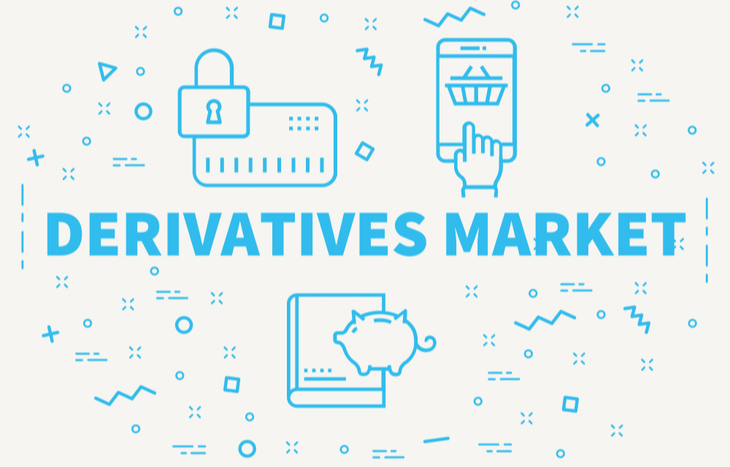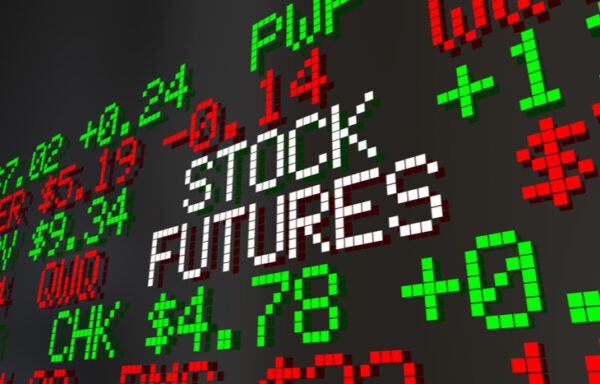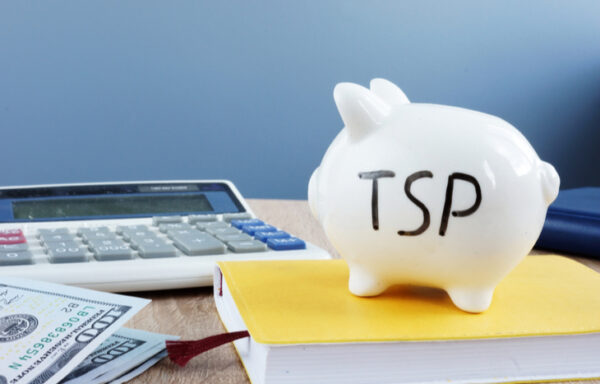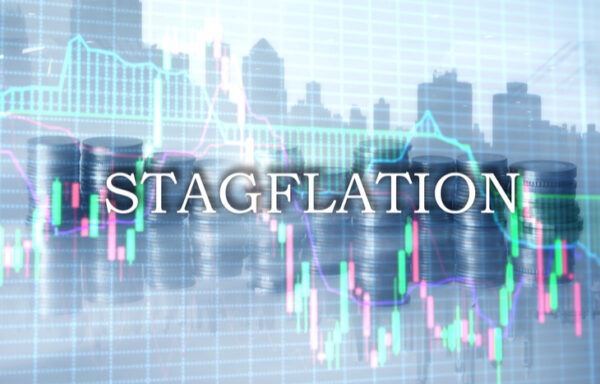How Does The Derivatives Market Work?
The derivatives market doesn’t deal with fungible assets. Instead, it’s a secondary market focused on the volatility of capital markets and assets. As the name implies, the financial products traded in this market are derivations of underlying values. It’s also a market steeped in volatility. Not only is there price fluctuation in the underlying assets, derivative buying and selling also generates volatility.
Derivatives are largely seen as speculative investments. This market caters to hedgers, speculators, margin traders and arbitrageurs. Derivative investors typically have a specific reason for participating in this market. For example, one might buy a futures contract to hedge against investment in a certain commodity. Arbitrageurs, on the other hand, find price discrepancies more easily due to derivative price volatility.
To understand what makes the derivatives market tick and how it brings wealth to investors, read on.

What is a Derivative?
A derivative is a type of financial contract. Two parties come together to agree on the underlying value of an asset. They create terms surrounding that asset and its price. Rather than the direct exchange of assets or capital, derivatives get their value from the behavior of that underlying asset. For example, a futures contract about soybeans doesn’t involve buying or selling soybeans. Instead, it’s value derives from the cost of buying and selling soybeans.
At their core, derivatives strive to create a balanced exchange rate for assets. Buyers and sellers use derivative contracts as a hedge against volatility. But, derivatives themselves are now subject to buying and selling.
Types of Derivatives
There are several types of derivative contracts. The most common are futures contracts and options. Forwards and swaps are also prevalent derivatives. Here’s a look at what the derivatives market and types of contracts represent:
- Futures: These are agreements made between a buyer and a seller, to deliver an asset on a certain date at an agreed-upon price. They protect against price volatility. Investors trade futures based on the potential to profit from rising prices associated with the underlying commodity or asset. Their price changes throughout the length of the contract.
- Forwards: Forwards are much like futures. However, they’re not traded on exchanges. They’re private contracts, drawn up in the primary market. There’s often more risk with forwards due to the possibility of default by a party. Their price settles on a single date, instead of marked-to-market, like futures.
- Options: As the name implies, options contracts give investors the right to buy or sell an asset at a certain price, on a given date. Buyers aren’t required to execute the contract. They only pay for the right to exercise the option if they so choose.
- Swaps: These derivatives come from the swap of interest rates, such as from variable to fixed. Interest and credit swaps are actually a type of forward contract. There are also basis swaps. Regardless of the type of swap, the focus is on the exchange of future receipts.
The reality of derivatives is that they’re infinite. Investors can buy and sell derivative contracts for any asset that appreciates or depreciates. There are even weather derivatives, to hedge against losses caused by inclement weather!
Keep reading for more info on the derivatives market.
How to Buy, Sell And Trade Derivatives
There are two markets for derivatives. Exchange-traded derivatives happen through brokerages and include options and futures. Over-the-Counter (OTC) derivatives occur between parties directly and include forwards and swaps.
- Exchange traded derivatives occur through brokerages. The simplest example of this is stock options. When purchasing a security through a broker, an investor and choose to purchase options instead of buying the security outright.
- Over-the-counter derivatives occur between two parties through primary channels. The locked-in nature of forwards makes them an OTC product. For example, one might buy currency forwards, which occurs through the forex market, outside any broker.
It’s important to understand that regardless of the type of derivative, there’s inherent risk. Derivatives are volatile by nature and can be extremely risky without proper hedges. Derivative credit swaps were actually one of the largest contributors to the 2008 Great Recession. While there have been reforms in derivative markets, there’s still inherent risk for new investors.
Key Derivatives Market Terms to Know
The language of the derivatives market makes this a difficult market for beginners. Here’s a look at some of the most important terms you need to know:
- Delta: The derivative’s price relative to the underlying asset.
- Gamma: The degree of curvature in the derivative’s price relative to the asset.
- Theta: The sensitivity of a derivative’s change relative to the underlying asset.
- European option: An option that’s only exercised at the expiration date.
- American option: An option that investors can exercise at any time.
- Hedge: A derivative that offsets the volatility of the underlying asset.
As with all markets, there’s a significant amount of language to learn in the derivative’s market. It’s best for new investors to get a clear understanding of the language before diving in.
The Basic Functions of The Derivatives Market
The function of the derivatives market is to hedge against volatility. This risk reduction fuels confidence in underlying capital markets, allowing companies to grow and prosper. The risk mitigation also brings some level of stability to the most important global financial markets. On top of it all, the derivatives market itself provides wealth-generating opportunities.
While it’s a speculative market, speculation is what gives derivatives value. Their links to a fungible asset give them a powerful benchmark, while allowing for larger participation from investors at cheaper prices.
[adzerk-get-ad zone="245143" size="4"]




